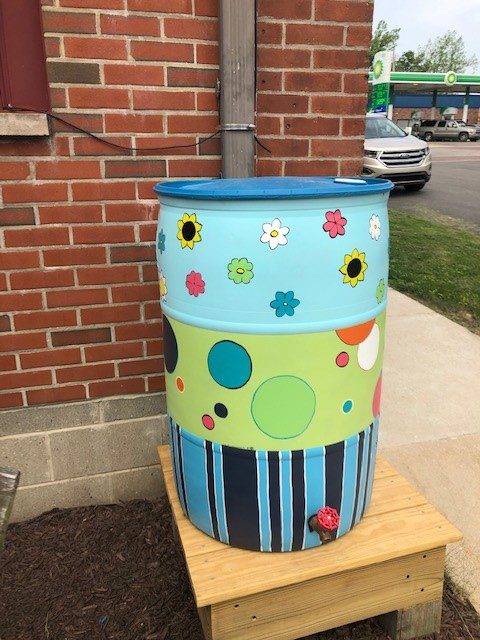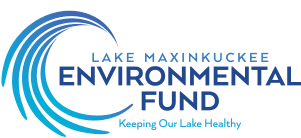Adam’s note: I eventually want to gather some of my thoughts on non-profit program evaluation, but that’s for another day. I don’t want to open up a can of worms without… dealing with the worms.
In the meantime, after fielding a few calls requesting rain barrels, I tasked our intern Katherine with a simple evaluation of our past rain barrel initiative. Here’s her write-up:
In 2021, a very important project was started in our watershed, the Barrel Brigade (see post from LMEF blog). With the help of the NIPSCO Environmental Grant Program, LMEF was able to provide and install dozens of free rain barrels in order to decrease excess run-off and provide households with an alternate source of water for gardening and outdoor tasks.
Rain barrels are very beneficial to the health of the watershed because they reduce stormwater run-off from impervious surfaces, namely roofs. They also conserve water from being drawn by the tap for gardening and other outdoor activities by recycling rainwater for another use. Additionally, they aid in promoting healthy gardens and save resources for homeowners.
LMEF was able to distribute and help install 58 rain barrels between 2021 and 2023. The hope is that year after year, these rain barrels will continue diverting rainwater and reducing run-off that can bring pollution into the lake. In order to see how it is going so far, we decided to gather feedback from our participants about how the rain barrels are doing. (Suzanne King was the lucky responder who won a LMEF flag!).

Out of 17 responses, 14 rain barrels (82%) were still in use, and for the few that were not, there were plans to re-implement them this summer with the main challenge being re-instating them after wintertime storage. Participants had a high satisfaction with the program with an average ranking of 8.9/10, and we received lots of positive feedback about them, such as:
“I use the rain barrel to water my plants in my greenhouse. During the winter I use it as a heat sink to store warm water to increase my growing season and help to avoid freezing. Wish I had more of them…I really appreciate the barrel.”
“I use it to water my tomatoes and my tiny pollinator plot.”
“We already had two rain barrels. The addition of this one means we almost never water our gardens from a hose. We love this.”
We also got reports that some of the rain barrels have some weathering from sun and weather.
“My rain barrel is starting to deteriorate a bit from the sun and weather (stored in garage during winter), and would love to have another some day. I love it and love the fact the middle school kids painted the design.”
Overall, it seems like the rain barrels are doing well, diverting runoff, supporting home gardens, and helping people get involved in the important work of preserving our watershed!
We are keeping our eye on them to make sure they stay operational, and always looking for new incentives to help protect our beautiful lake!
Adam’s post-script: If you strolled by our office and noticed that the rain barrel was missing… no, it wasn’t stolen. I had a patient and persistent gentleman that kept requesting one, so I loaned him our office barrel until I could find another. I figured that I could re-home a previously awarded barrel that was no longer being used… but I haven’t found one of those yet!
Rain barrels are difficult to do one-at-a-time, so I’m assessing whether we need a Rain Barrel Brigade 2.0. Please contact our office if you live in the Lake Maxinkuckee watershed and are interested!

Hi, I’m Adam Thada, President of the Lake Maxinkuckee Environmental Fund in Culver, IN. I studied Biology (BS) at Indiana Wesleyan University and Environmental Science (MSci) at Taylor University. The last decade or so has found me in Northern Indiana, working in sustainability, environmental education, and ecological restoration.

Recent Comments